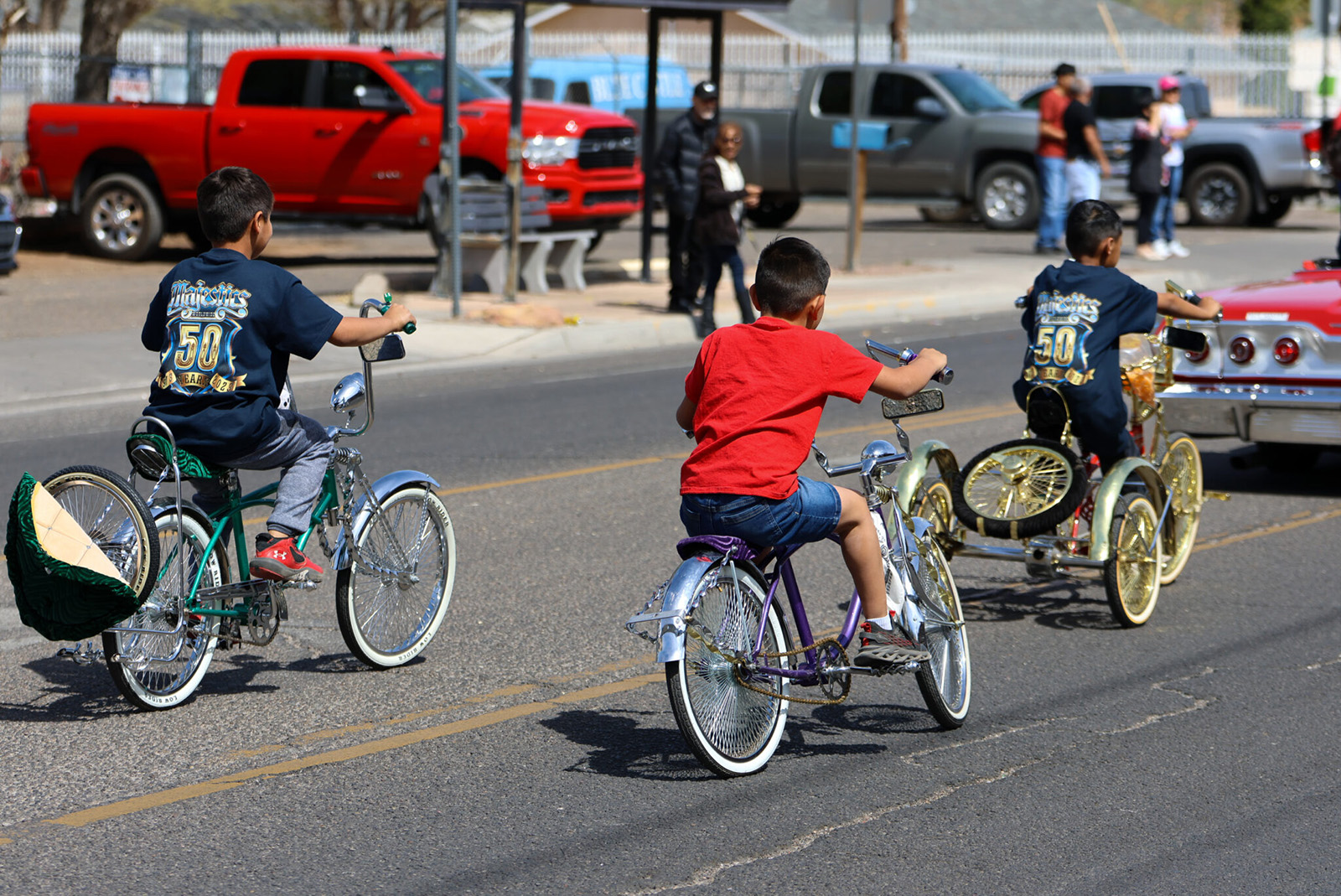By LEAH ROMERO SOURCE NM
Programs such as refundable tax credits play a major role in lifting New Mexican children out of poverty, according to the U.S. Census Bureau’s annual supplemental poverty measure released in September.
The supplemental poverty measure is released every September at the state and national levels. It considers anti-poverty programs when determining the rate of poverty, as opposed to the official poverty measure, which only considers wage-based income.
“When you look at the supplemental poverty measure, it’s actually measuring the impact of a lot of really strong anti-poverty programs like our tax credits and and Supplemental Nutrition Assistance Program (SNAP), and even school lunches are included in that measure. And so it kind of gives us a better sense of basically what a household has in resources,” said Emily Wildau, Senior Research & Policy Analyst/KIDS COUNT Coordinator for New Mexico Voices for Children.
Wildau said the supplemental measure considers the local cost of living along with SNAP and both state and national tax credits. She said refundable tax credits are shown to have the biggest impact on “lifting kids out of poverty.”
This year, the bureau also released a state-level supplemental child poverty measure, an average of the data collected between 2021 and 2023.
According to the census data, New Mexico’s child poverty rate over the three-year period is 27.4 percent under the official poverty measure, placing the state last in the U.S. Under the supplemental poverty measure, the rate drops to 8.9 percent and brings New Mexico up to 17th in the country. The national supplemental measure average is 10.4 percent.
“This information is crucial for lawmakers as it shows how anti-poverty policies improve children’s daily lives by providing essential resources that enhance well-being and lead to better long-term outcomes for families,” said Gabrielle Uballez, executive director of NM Voices for Children. “It’s equally exciting to note that this data doesn’t even count one of the state’s newest anti-poverty policies — the Child Tax Credit.”
Wildau said the state’s Child Tax Credit was only recently enacted for the 2023 tax year and will show up in the data starting next September. This year’s data set also still includes years when federal COVID-19 pandemic policies were still in place.
She said this new data can shape the policies presented during the upcoming New Mexico Legislative Session in early 2025.
“Our state Child Tax Credit is still relatively new, but we could also do more with it. We could increase it specifically for families with young children under 6,” Wildau said. “Just really funding and supporting improvements for implementation of programs and really removing barriers that exist for folks to enroll can also be really helpful.”
Barriers include limited transportation or physical access to offices where program applications can be submitted. Expanded internet connections can solve some of these problems for people in rural communities, Wildau said. Staffing the agencies that provide these programs is also important to consider.
She added that the big change that would lower poverty in the state is raising the minimum wage. Other long-term solutions Wildau listed were to “robustly support” early childhood education through higher education to improve outcomes for the next generations.
“We know that poverty is a policy choice,” Uballez said. “We build upon our success by continuing to enact policies that work for our kids and families to improve access to benefits while also exploring new opportunities to build wealth, raise wages, and break generational cycles of poverty.”
Wildau said that while the data shows improvement for New Mexicans, she is remaining “cautiously optimistic” going forward as programs drop off and others take their place.




